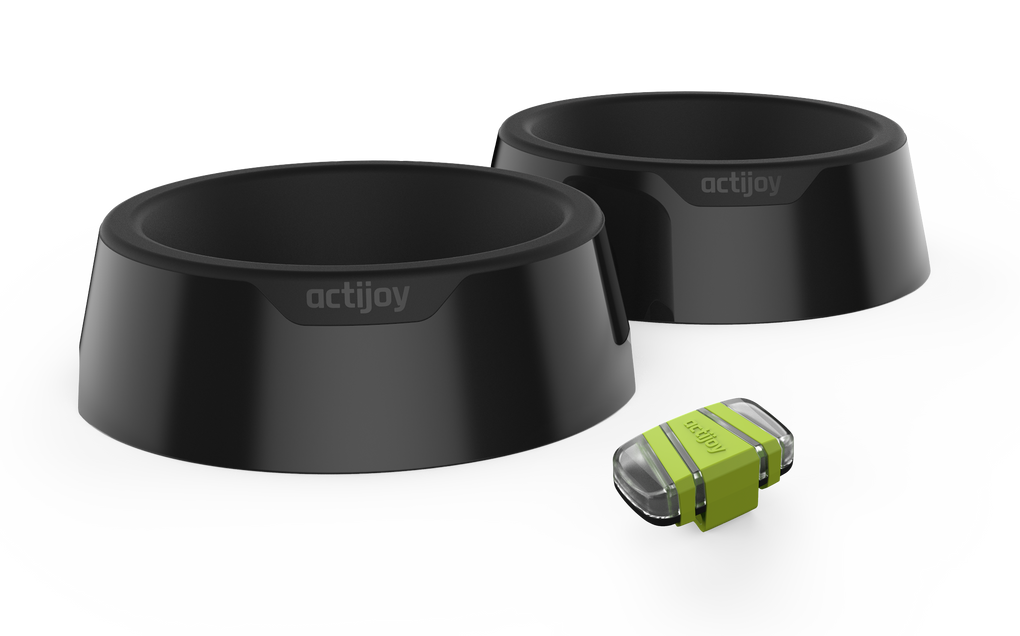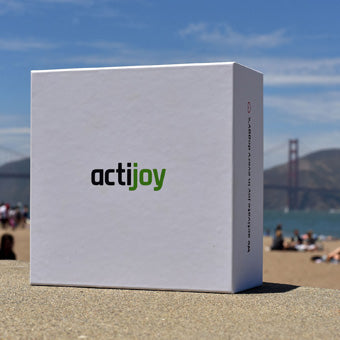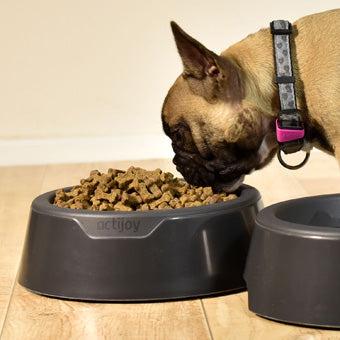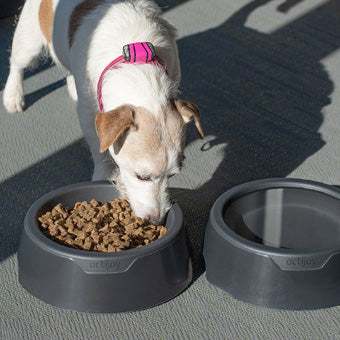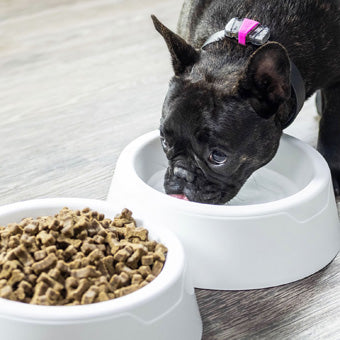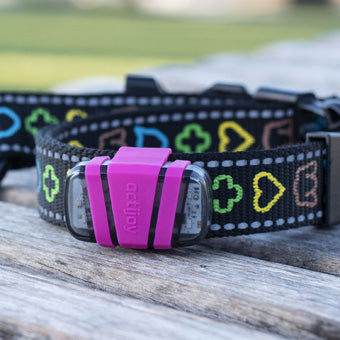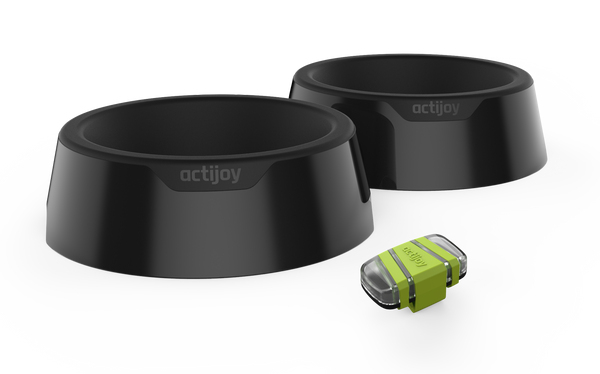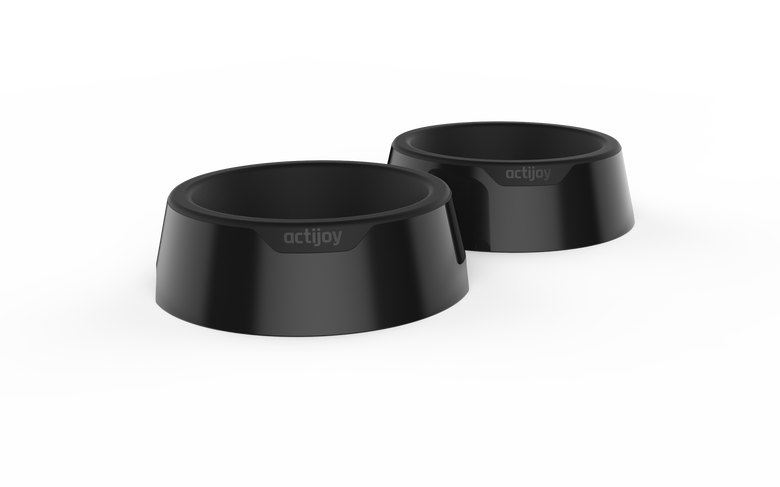How to Manage a Dog that is Always Hungry

No two dogs behave the same way, and this statement is especially true in the way different canines respond to food. Sometimes, excessive appetite can be a sign of an underlying illness. Here, the symptoms, causes, and treatment for a dog that is always hungry will be discussed.
Symptoms of a Constantly Hungry Dog
A dog that is constantly hungry will exhibit increased begging during mealtime. In between meals, the dog may show cues he or she is hungry, such as sitting near the empty food bowl or whining. Dogs with excessive appetites may also show signs of obesity, weight gain or weight loss, increased thirst, and increased urination.
What Causes a Dog to have Excessive Hunger
A dog may be genetically predisposed to excessive hunger, particularly Labrador Retrievers. If your dog has exhibited this behavior his or her entire life, there is likely no reason to worry.
However, if your dog has recently begun to show signs of excessive hunger (also called polyphagia), there may be an underlying illness. Common triggers for polyphagia include diabetes, gastrointestinal disorder, Cushing’s disease, tumors, hyperthyroidism, and pancreatic disease.
How to Treat Excessive Hunger in Dogs
If your dog has a genetic predisposition to hunger, there is little that can be done to change this behavior. However, if the behavior is new, pet parents should schedule an appointment with their veterinarian. While many of the diseases that cause polyphagia cannot be cured, they can be managed so that your dog’s appetite (and your sanity) return to normal.
Pet owners can use the Actijoy WiFi Food & Water Bowls to track a dog’s food and water intake throughout the day to detect any sudden changes. Observations can be noted in the Healthbook app and easily shared with a veterinarian.
How to Manage Food Obsession in Dogs
If you have an active dog that has been engaging in more activity than normal and showing signs of excessive hunger, simply increase your pet’s portion sizes at mealtime.
However, if there have been no changes to your dog’s activity level (which can be tracked with the Actijoy Health & Activity Tracker), a few small changes could help curb your dog’s appetite.
For example, instead of feeding your dog 2 large meals per day, feed 3 – 4 smaller meals. Make sure you are feeding your active dog a high-quality food that is high in protein, which will decrease hunger. Finally, increase fiber intake for your dog increase satiation. Pet owners can add small amounts of canned pumpkin or canned green beans to a dog’s food bowl to improve satisfaction at mealtime.
Overall, excessive hunger in dogs (particularly active dogs) is common, yet can also be a sign of underlying disease. If in doubt always check with your veterinarian!

